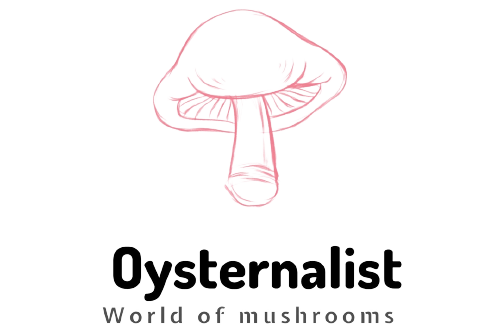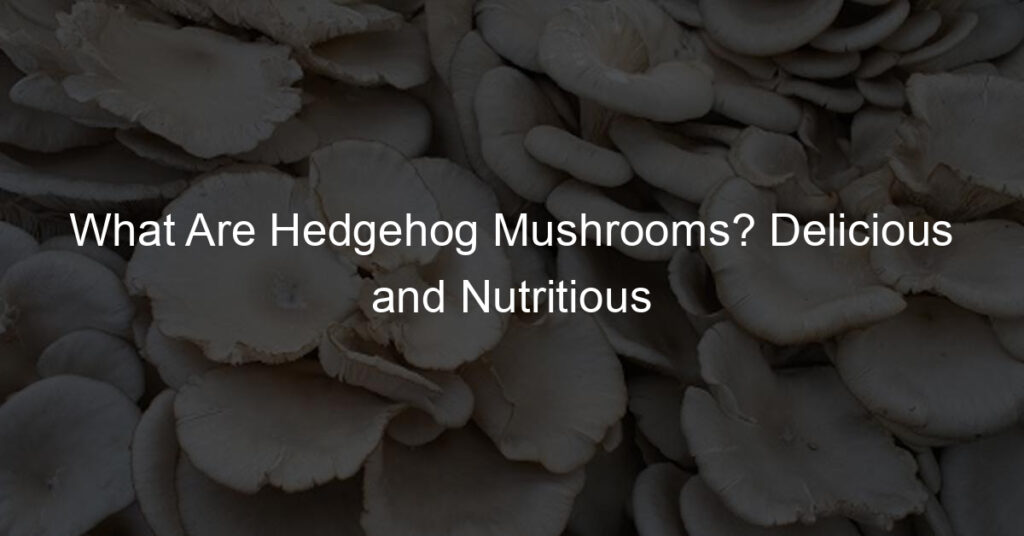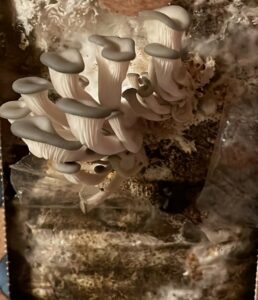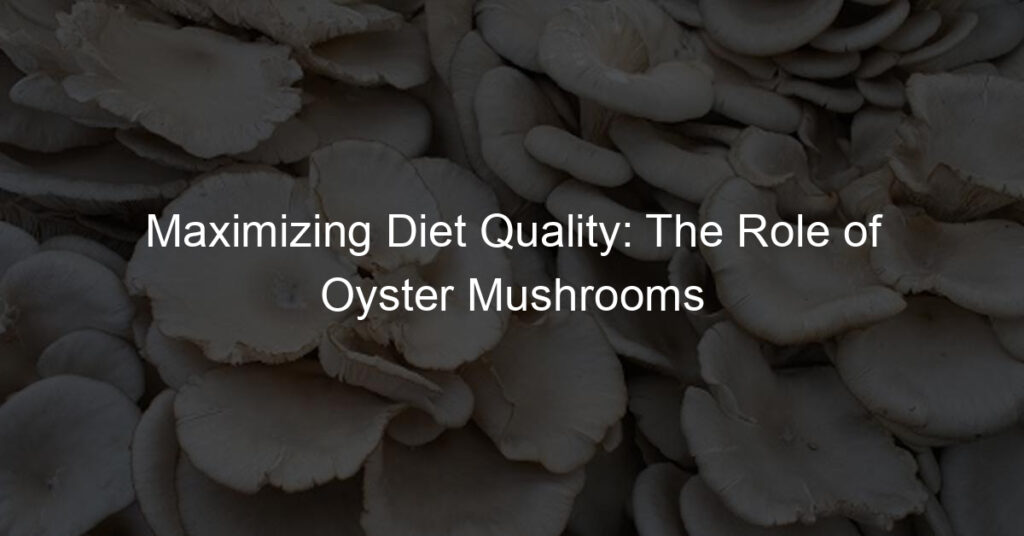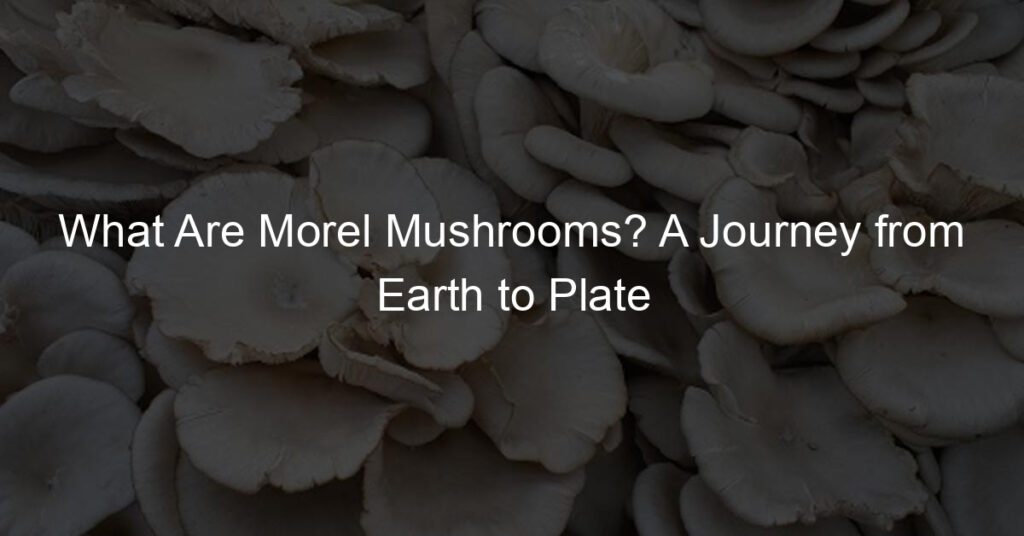Perhaps you’ve seen hedgehog mushrooms at your local farmers market or grocery store and been curious about them. These little mushrooms are becoming more popular as people learn about their deliciously nutty flavor. But what exactly are hedgehog mushrooms? In this blog post, I’ll give you a brief overview of hedgehog mushrooms, including their taste, texture, nutritional benefits, and how to cook with them. Keep reading to learn everything you need to know about hedgehog mushrooms!
Hedgehog mushrooms are properly known as Hericium Erinaceus, and they’re members of the tooth fungus family. They get their name from their spiky, tooth-like spines (which are actually hollow tubes) that hang down from the underside of the caps. Hedgehogs can vary in color from white to tan to pinkish-brown, and they typically have a rounded shape with a flattened top. When it comes to taste, hedgehogs have a mildly sweet flavor with notes of almond and coconut—delicious! As for texture, these mushrooms are tender with a slightly chewy texture. They’re often compared to lobsters in terms of taste and texture.
Hedgehogs are a good source of several vitamins and minerals, including potassium, phosphorus, selenium, copper, and zinc. They also contain compounds that may have some health benefits, such as hericenones and erinacines (which stimulate nerve growth). Hedgehogs can be enjoyed cooked or raw—they’re often used as substitutes for meat in vegetarian dishes. When cooking with hedgehogs, it’s best to steam or sauté them since they tend to absorb flavors well. Add them to soups or stews, serve them alongside roasted vegetables or grains, or use them as a pizza topping. However you choose to enjoy them, I wish you love exploring hedgehog mushrooms!
Are Hedgehog Mushrooms Good for You?
Yes, hedgehog mushrooms are good for you! They’re a good source of several vitamins and minerals, including potassium, phosphorus, selenium, copper, and zinc. Hedgehogs are also known to contain hericenones and erinacines, which have been linked with stimulating nerve growth. Whether you want to enjoy them cooked or raw, hedgehogs make a great addition to any dish – vegetarian or not! Also, these mushrooms are known for their strong taste and smell. When cooked, they release a strong flavor that can be used to enhance the taste of various dishes.
How to Cook Hedgehog Mushrooms?
Hedgehog mushrooms are best when cooked using methods that don’t require a lot of water, such as steaming or sautéing. This is because they tend to absorb flavors well. You can add them to soups or stews, serve them alongside roasted vegetables or grains, or use them as a pizza topping. However you choose to enjoy them, I wish you love exploring hedgehog mushrooms!
What Do Hedgehog Mushrooms Taste Like?
Hedgehogs have a mildly sweet flavor with notes of almond and coconut. They’re often compared to lobsters in terms of taste and texture. If you are familiar with other edible mushrooms, you might find that the taste of hedgehogs is a bit similar to that of oyster mushrooms.
Apart from that, in terms of taste, these mushrooms have a strong and earthy flavor. When cooked, they release a strong flavor that can be used to enhance the taste of various dishes.
Can Hedgehog Mushrooms Be Eaten Raw?
Yes, hedgehog mushrooms can be eaten raw. They’re often used as substitutes for meat in vegetarian dishes. When cooking with hedgehogs, it’s best to steam or sauté them since they tend to absorb flavors well. Add them to your soups or stews, serve them alongside roasted vegetables or grains, or use them as a pizza topping. However you choose to enjoy them, I wish you love exploring hedgehog mushrooms!
Are Hedgehog Mushrooms Rare?
Hedgehog mushrooms are not rare. They’re members of the tooth fungus family and can be found in many parts of the world, including North America, Europe, and Asia. Hedgehogs can vary in color from white to tan to pinkish-brown, and they typically have a rounded shape with a flattened top. When it comes to taste, hedgehogs have a mildly sweet flavor with notes of almond and coconut—delicious! As for texture, these mushrooms are tender with a slightly chewy texture. They’re often compared to lobsters in terms of taste and texture.
What Are the 4 Types of Hedgehog Mushrooms?
There are four main types of hedgehog mushrooms:
- The White Hedgehog: The white hedgehog is the most common type of hedgehog mushroom. They get their name from their spiky, tooth-like spines (which are actually hollow tubes) that hang down from the underside of the caps.
- The Belly Button Hedgehog: The belly button hedgehog gets its name from its round, button-like shape. These mushrooms are typically white or cream-colored with brown spots. They have a mild flavor and a firm texture.
- The Spreading Hedgehog: The spreading hedgehog is named for its tendency to grow in large clumps. These mushrooms are pale-white or cream-colored with brown spots. They have a mild flavor and a firm texture.
- The Terracotta Hedgehog: The terracotta hedgehog gets its name from its reddish-brown color. These mushrooms are typically small in size with a rounded shape. They have a mild flavor and a firm texture.
Hedgehogs can be enjoyed cooked or raw—they’re often used as substitutes for meat in vegetarian dishes. When cooking with hedgehogs, it’s best to steam or sauté them since they tend to absorb flavors well. Add them to your soups or stews, serve them alongside roasted vegetables or grains, or use them as a pizza topping. However you choose to enjoy them, I wish you love exploring hedgehog mushrooms!
Hedgehog Mushrooms vs Oyster Mushrooms Comparison Table
| Hedgehog Mushroom | Oyster Mushroom | |
| Scientific name | Hydnum repandum | Pleurotus ostreatus |
| cap shape | convex to flat | convex to flat |
| spore print color | white to creamy white | white to pale brown |
| stalk | short and stubby | often absent long and slender |
| habitat | grows on most types of woodland or on grass | grows on logs and dead-standing trees |
| nutritional value | good source of protein, fiber, and vitamins A, C, and B. They also contain minerals such as potassium and copper | good source of protein, fiber, and vitamins B and C. They also contain minerals such as potassium and selenium |
| flavor | mild flavor, sweet hints | Mild earthy flavor |
| texture | firm texture | tender texture |
| How to consume | can be enjoyed cooked or raw | best when cooked |
These two mushrooms are a great addition to your kitchen and can be used in many different dishes. They both have a unique flavor and texture, and some health benefits. When I plan my meals, I like to use a variety of mushrooms to get the most out of each dish. I find that mixing different types of mushrooms together can enhance the flavors and create a more interesting and complex dish. The combination of these two is a great way to add an extra depth of flavor to any recipe.
I’m sure this introduction to hedgehog mushrooms has whetted your appetite for trying them! These delicious little fungi are perfect for adding some extra flavor and nutrition to your meals. Now that you know all about hedgehog mushrooms—including what they taste like and how to cook with them—I sure hope you’ll give them a try the next time you’re looking for something new and exciting in the kitchen. Bon appétit!
